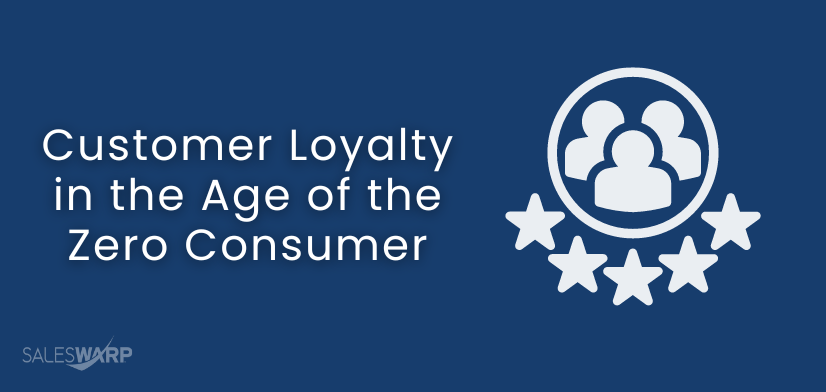Customer Loyalty in the Age of the ‘Zero Consumer’

Understanding the dynamics of brand loyalty in the age of zero consumers is crucial for businesses to thrive.
Customer loyalty is a nuanced concept. McKinsey and Company coined the term “zero consumers” to describe a new type of shopper – one with little patience, zero brand loyalty, and a strong preference for convenience.
SAP Emarsys’ 2023 Customer Loyalty Index survey shed light on the evolving landscape of customer loyalty. The survey, encompassing more than 10,000 consumers globally, reveals a decline in brand loyalty from 79% to 68%. Even incentivized loyalty (offering rewards as incentives) witnesses a sharp drop from 76% to 49%, highlighting the changing dynamics of consumer-brand relationships.
Price emerges as the primary driver for customers to abandon a brand, with 59% admitting they would switch products if a more cost-effective alternative surfaced. Loyalty programs play a crucial role, with 50% of U.S. participants affirming that the presence of a loyalty card significantly influences their spending habits. However, the allure of personalized, positive shopping experiences and exclusive deals is equally impactful, emphasizing the multifaceted nature of customer loyalty.
For the zero consumer who values time, money, and convenience, retailers should prioritize seamlessness. Incorporating digital tools and user-friendly systems can enhance the shopping experience, subtly addressing customer concerns without explicit acknowledgment.
Cultivating Loyalty in the Zero Consumer Era
Competitive Pricing with Convenience
Make the purchasing process as convenient as possible. This could involve offering multiple payment options, including online payment gateways, mobile wallets, and contactless payment methods. By giving customers the flexibility to choose how they pay, brands can accommodate the preferences of different customer segments.
Optimizing other service points such as fast and efficient checkout processes, easy returns and exchanges, and convenient delivery or pickup options can also help. By prioritizing convenience at every step of the purchasing process, brands can differentiate themselves from competitors.
Consider or Revamp Loyalty Programs
Traditional loyalty programs don’t cut it anymore. Instead of just offering discounts, think about how you can personalize the experience for each customer. Maybe it’s offering early access to sales or recommending products based on past purchases. Gamify the loyalty program to make it more engaging. Incorporating elements like points, levels, and challenges can encourage customers to actively participate and earn rewards.
For instance, you could create a points system where customers earn points for every purchase or for completing certain actions, such as writing product reviews or referring friends. These points could then be redeemed for discounts, freebies, or even exclusive experiences. The key is to move beyond the one-size-fits-all approach.
Prioritize Omnichannel Experience
Customers expect convenience and consistency across all touchpoints. This means ensuring that whether a customer is browsing your website, visiting your physical store, or using your mobile app, they have access to the same information, inventory, and customer service.
Investing in integrated systems allows for real-time data sharing between different sales channels. This ensures that inventory levels are accurate across all platforms, and customers can easily access information such as product details, pricing, and availability regardless of where they are shopping.
The way we think about brand loyalty is changing and the zero consumer era calls for a fresh approach. By focusing on great prices and convenience, brands can win over today’s shoppers.
Need help improving your customer experience across platforms? Book a free intro call to see how SalesWarp can help.
